Reviewed by Rita J. Egan

Setauket resident Thomas M. Cassidy has taken his real-life experiences as an investigator and turned them into a detective thriller that will keep readers on the edge of their seats. The book “Damage Control,” set in the early 1980s, travels back to a time when detectives solved crimes without the help of modern technology and had to rely solely on their instincts and wit. Using New York City as a backdrop and an array of characters, Cassidy takes readers on an interesting trip behind the scenes to see how crimes were once solved.
Recently, Cassidy took time out to answer a few questions about writing his first mystery novel.
You were a former senior investigator with the New York State Attorney General’s Office. How did you become interested in writing?
As a reader of crime fiction and a frontline investigator, I challenged myself 25 years ago to take the leap and write a book. I was amazed at how fast I was able to complete my goal. It took me two weeks to write my book. But, it was only 12 pages long! OK, it was a short book, but it changed my life forever.
I started buying books on how to write novels and get published. Then I read in The Village Times Herald that a professor at Stony Brook University, the late Deborah Hecht, offered a free workshop called Coffee and Conversations for aspiring writers on the third Friday of each month. This program, which is no longer available, included a presentation by an author, publisher or journalist as well as time to interact with other would-be writers. I listened, learned and read. I kept adding pages to my book.
How long did it take you to write this book?
It took me more than 25 years to reach the finish line for “Damage Control.” I thought I had finished it in 1999, 2001 and 2004, but each update resulted in numerous rejection letters from literary agents and publishers. As I continued adding pages to my novel, I felt a big piece of my mystery puzzle was missing: I needed a mentor with hands-on experience in the New York City Police Department.
I gave my father, Hugh “Joe” Cassidy, a retired NYPD detective commander, my draft manuscript. He rolled up his sleeves at once, and he spent many months working and sharing his expertise with me on every phase of my book until his death in 2011 at age 85. Plus, by this time I was an experienced author of several nonfiction books.
How many books have you written?
My writing life took a surprising turn when friends and family members started asking me for elder care help because of my experience as a health fraud and patient abuse investigator. I then began writing books about growing old in America, including “Elder Care/What to Look For/What to Look Out For!” from New Horizon Press, “How to Choose Retirement Housing,” from the American Institute for Economic Research, and co-editor of a college textbook, “Multidisciplinary Perspectives on Aging” from Springer Publishing Company.
Is ‘Damage Control’ your first fiction novel?
Yes. I never gave up on my detective mystery. I believed that I chanced upon many fascinating detectives, investigators, FBI agents and investigations in my career, and I wanted to share my experiences in a novel.

How would you describe the book to someone who hasn’t read it?
On September 10, 1981, Lieutenant John Patrick Donnellan, Manhattan South Homicide, is in a routine meeting with the medical examiner when he gets an urgent call about a high-profile murder in midtown Manhattan that will change his life forever. In one of the deadliest years in New York City history, this murder stands out among the rest, and with only weeks before the mayoral election, all eyes are on the city’s response.
Donnellan, well known in police, political and media circles as a straight talker with a cynical wit, is warned by the most powerful politician in the city to keep a lid on media leaks — and himself — or he will be off the case. Vintage Donnellan sarcasm, scorn and mockery have to be bottled up. But with all the buffoons, phonies and opportunists mixed up in this case, keeping his big mouth shut may be his most difficult task as he navigates through uncharted emotional media, organized crime and romantic networks in pursuit of the killer.
Tell me more about the main character, Lieutenant John Patrick Donnellan.
John Patrick Donnellan joined the New York Police Department, excelled as an investigator and swiftly rose through the detective ranks. He becomes the youngest lieutenant ever appointed commander of Manhattan South Homicide, the most prestigious command in the NYPD.
Are any of the events or characters based on real-life experiences or people in your life?
Yes, many of the events, characters and investigations mentioned in “Damage Control” are loosely based on real-life experiences, while others are a product of my imagination. In addition, all of the New York City police procedures were provided by myfather, a thirty-year veteran of the NYPD.
How close to reality are the investigations in this novel?
“Damage Control” is set in 1981, which was one of the most violent years in New York City history. The investigations in this book are close to reality because back then there was no internet or smartphones, so investigators relied on street smarts.
Do you feel your experiences as an investigator helped you when writing this book?
Yes, being an investigator definitely helped me write this book. I knew firsthand that many cases have unexpected twists and turns that could never be anticipated when the first wave of detectives arrive at a crime scene. I was able to call upon my own experiences, as well as those of other detectives I worked with or met along the way, as I wrote “Damage Control.”
Do you have a favorite character in the book?
That’s a tough question. I have many favorites including Donnellan, the chief, who is the first female chief of detectives, the mystery woman and many others. But at my current age, I have more in common with Dugan, the oldest detective in the police department.
What is your favorite scene in the book?
I’m nostalgic for the Windows on the World restaurant at the Twin Towers. I had to include that location in the book as a reminder of life before Sept. 11.
What was it like to work with your dad on a detective mystery?
It was truly a blessing for me to share the last years of his life working together on this project. The first time I held my book in my hands, I felt his spirit with me and saw his fingerprints on every page of “Damage Control.”
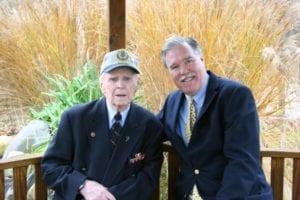
What do you think your dad would have thought of the finished product?
I don’t want to give away the ending, but he would have laughed so hard at one critical breakthrough uncovered by Donnellan that I would have had to help him get up off the floor. I’m also very confident that he would have written a five-star review of the book on Amazon, like he did for my book on elder care, that he would be the first person to take “Damage Control” out of the library, and he would be helping me write the sequel, “Grave Danger.”
What advice would you give to first-time fiction writers?
Believe that you have an attention-grabbing story to tell, trust yourself, take the first step and start writing. Recognize that fiction readers select from a wide range of genres, so be selective about sharing your manuscript with people who are not in your niche market. Most importantly, avoid negative people, they can be energy vampires!
When is your next book signing event?
On Sept. 7, I’ll be doing a book signing to support Old Field Farm’s free Summer Film event. The week’s movie is one of my favorites, “Casablanca.” My late brother Hugh was the former owner of Old Field Farm, and I am grateful for the opportunity to honor his legacy.
“Damage Control” is available online at www.seattlebookcompany.com and www.amazon.com. For more information about the Old Field Farm Summer Film event, call 631-246-8983. Gates open at 6 p.m. and the farm is located at 92 West Meadow Road in Setauket.



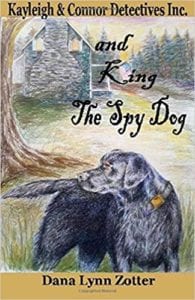
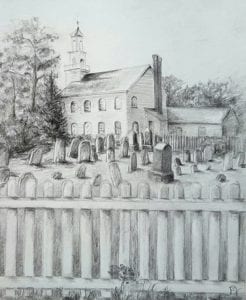

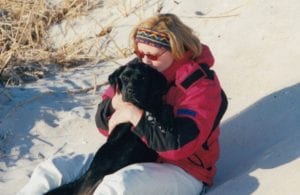
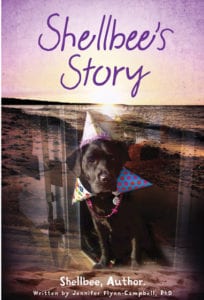
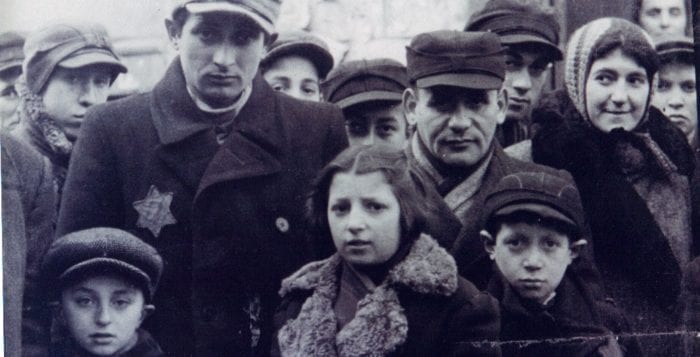
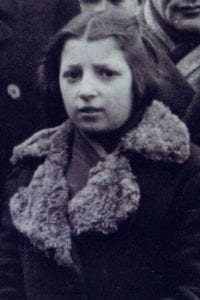
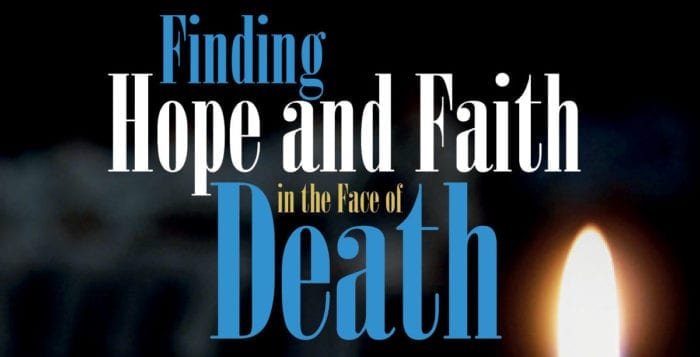

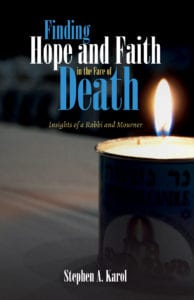


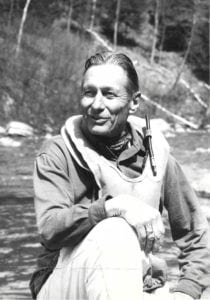



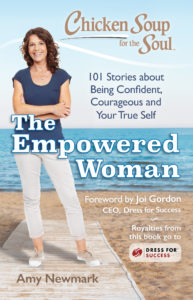 Did you always want to be a writer? Did you study writing in school?
Did you always want to be a writer? Did you study writing in school?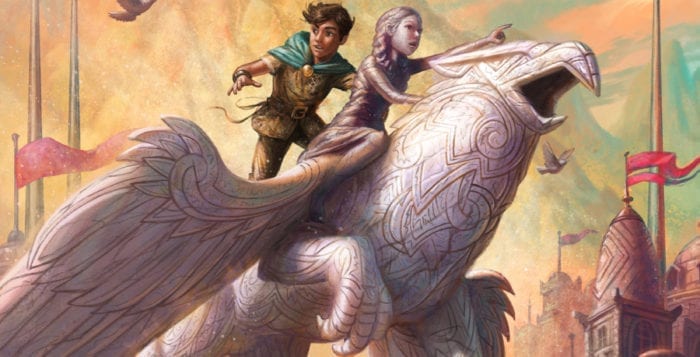

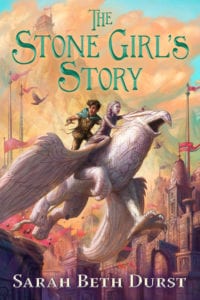





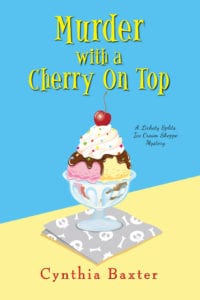 After being open only a week, her childhood nemesis and unreformed mean girl, bakery owner Ashley Winthrop, announces that her store, Sweet Things, will begin carrying ice cream. As the bakery is directly across from the ice cream parlor, this drives Kate into a public confrontation with Ashley. Soon after, Ashley is discovered murdered and the police see Kate as a possible suspect.
After being open only a week, her childhood nemesis and unreformed mean girl, bakery owner Ashley Winthrop, announces that her store, Sweet Things, will begin carrying ice cream. As the bakery is directly across from the ice cream parlor, this drives Kate into a public confrontation with Ashley. Soon after, Ashley is discovered murdered and the police see Kate as a possible suspect.


